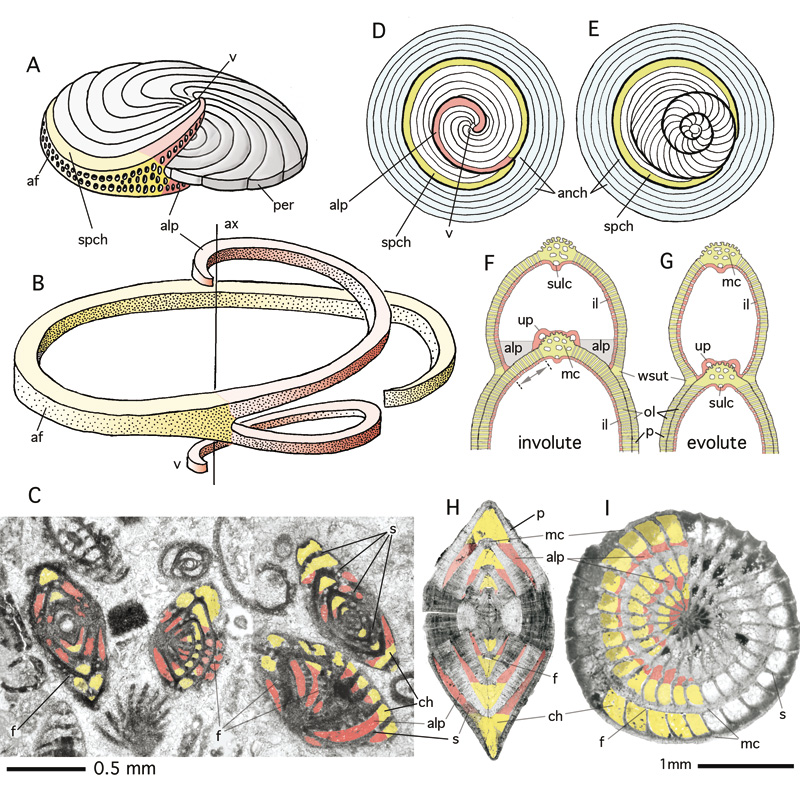
Figure 7: Alar prolongations and involuteness in lamellar foraminifers.
A: planispiral-involute shell with a long apertural face, as in Archaias. Note the apertures in the face of both alar prolongations.
B: shape of single (penultimate) spiral chamber with long alar prolongations forming a vortex. C: Random sections of "Peneroplis" glynnjonesi ,
Lower Oligocene, Iran. Transmitted light. Note foramina in the alar septa. D-E: Transition from planispiral-involute to annular growth. D: external, lateral view of subsequent chambers, showing the ultimate spiral chamber with its alar prolongation and subsequent annular chambers. E: all chambers in equatorial section including the tightly coiled nepiont. F-G: Involuteness and evoluteness in lamellar foraminifers: an accurate definition is whether or not perforate walls (double arrow) cover the next whorl. Axial section, schematic, not to scale. Note the numerous, outer lamellas (green) enveloping the total exposed surface of the previous shell (compare "lamellation"). The distribution of the inner lamella (red) covering the previous whorl hasno significance in the definition of involuteness. H-I: Nummulites incrassatus .
Upper Eocene, Northern Italy. H: not quite centered axial section.
Red: lumen of alar prolongation, yellow: lumen of equatorial chamber. I: oblique section almost perpendicular to shell axis. Note the obliqueness of the intersections of the alar prolongations.
af: apertural face; alp: alar prolongation; anch: annular chambers; ax: shell axis; ch: chamber; f: foramen; il: inner lamella; mc: marginal cord; ol: (numerous) outer lamellas; p: pore; per: periphery (of spiral shell); s: septum; spch: spiral chamber; sulc: sulcus; v: vortex; wsut: whorl suture.